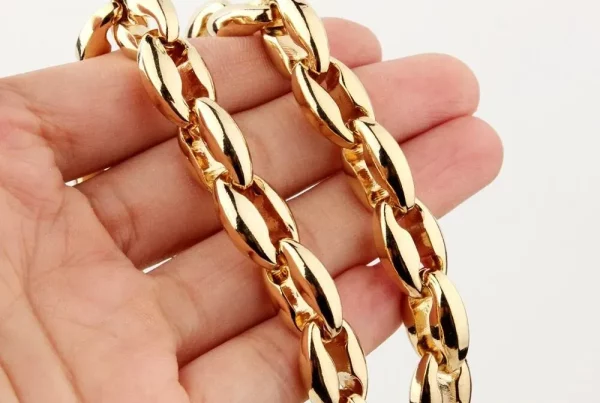
Introduction
In a world where fast fashion, electronics, and mass production contribute to environmental issues, embracing sustainability has never been more important. One of the simplest ways to reduce waste and make a positive impact is through second-hand shopping. From vintage clothing to pre-owned furniture and gadgets, every item purchased second-hand is a step toward a greener future. In this guide, we’ll explore how eco-friendly shopping supports sustainability, the benefits of choosing second-hand, and practical tips for getting started.
Why Second-Hand Shopping Matters
The Environmental Impact of New Products
Every new item you buy comes with a hidden environmental cost:
Resource Extraction: Mining metals, harvesting wood, and producing textiles all deplete natural resources.
Manufacturing Emissions: Factories emit greenhouse gases and often rely on non-renewable energy.
Waste Generation: Millions of tons of unwanted items end up in landfills every year.
How Second-Hand Shopping Helps
By choosing second-hand:
You reduce demand for new production.
You extend the life of products.
You lower your carbon footprint.
You help divert waste from landfills.
It’s a simple yet powerful way to be part of the solution.
The Benefits of Embracing Second-Hand Purchases
Save Money: Pre-owned items are often 30–70% cheaper than new.
Find Unique Pieces: Vintage furniture, retro clothing, and rare collectibles add personality to your style.
Support Local Businesses: Many second-hand shops are small, community-based stores that keep profits local.
Reduce Waste: Every item you buy second-hand is one less in the landfill.
Where to Shop for Sustainable Second-Hand Items
Clothing and Accessories
Thrift stores
Online resale platforms (e.g., Poshmark, Depop)
Vintage boutiques
Community clothing swaps
Electronics and Gadgets
Certified refurbished outlets
Pawn shops
Online marketplaces (e.g., eBay, Facebook Marketplace)
Furniture and Home Goods
Second-hand furniture stores
Online listings (e.g., Craigslist, Freecycle)
Estate sales and garage sales
Tips for Successful Second-Hand Shopping
Make a List: Know what you’re looking for to avoid impulse buys.
Inspect Before You Buy: Check for damage, wear, or missing parts.
Ask Questions: Inquire about the item’s age, condition, and history.
Think Creatively: Can a worn table be refinished? Can old jeans be upcycled?
Overcoming the Stigma: Changing the Narrative Around Second-Hand
Some people hesitate to shop second-hand due to outdated perceptions. But today, it’s a smart, stylish, and sustainable choice embraced by celebrities, influencers, and eco-conscious consumers worldwide. Shopping second-hand isn’t just about saving money—it’s about making choices that matter.
Frequently Asked Questions
Is second-hand shopping really better for the environment?
Yes! It reduces resource consumption, manufacturing emissions, and landfill waste.
How do I know if a second-hand item is safe or functional?
Ask questions, inspect thoroughly, and buy from reputable sources that test items (like certified refurbished electronics).
Is it worth paying more for vintage items?
Often, yes—vintage items can hold value over time and offer unique quality and craftsmanship.
Conclusion
Choosing second-hand is more than a budget-friendly option—it’s a powerful way to reduce waste, conserve resources, and build a more sustainable world. Whether you’re updating your wardrobe, furnishing a home, or searching for unique treasures, eco-friendly shopping through second-hand purchases helps you make choices that are both smart and kind to the planet. Start your second-hand journey today and be part of the change.




